The Fantasy of Space Colony Living
 Admin
Admin Ultimate residential living could only mean one thing- life in the City of EPCOT. That is if you are on Earth. What about orbiting around the planet in a man-made rotating colony? THAT is the ultimate in future living, by golly. Better than living on the moon or even Mars itself.
Fantasy or Reality?
This idea wasn't always in the category of comic book fiction or sci-fi cinema. (Though 2001: A Space Odyssey featured a fantastic rotating space colony). It may be viewed as fantasy today but a few short decades ago it was considered to be real-life preparation for something quickly becoming a reality. The following concepts come from NASA engineers, futurists, illustrators, and Walt Disney and co.
Space colonies were once a serious goal. And a fantastic one at that. The basic idea is a floating city in one shape or another rotating at a calculated speed to create the right amount of centrifugal force and therefore simulated Earth-like gravity for its inhabitants. These enclosed colonies would be complete with housing, controlled sunlight, oxygen of course, plants, crops, animals, rivers, fantastic transportation systems, and killer views.
Three Main Space Colony Concepts
1) Wheel-Shaped
How fantastic is it that NASA commissioned illustrations like these in order to visually share their ideas. This particular colony would house up to 10,000 colonists. Inhabitants would enjoy artificial gravity by means of centrifugal force. The ground would be positioned to where people stand with their heads toward the hub of the station. This means you could travel half way around the station and be "up-side-down" from where you started.
The center hub of the station will have almost no simulated gravity which makes for easy loading and loading of transport ships. Elevator shafts would lower inhabitants from the hub to the outer ring, with gravity increasing along the way.
This photo of a FANTASTIC model (which I just recently dug out of an old book of mine) shows not only the cool looking residential area of the outer ring but the underlying "utilidors" if you will.
This detail of the hub shows docking facilities, antenna, and access to spokes to the living area. Between spokes you see solar power cells.
2) Spherical
Horizons, anyone?? The "Bernal Sphere" as it is called has a varied degrees of simulated gravity. Along the equator of the sphere gravity is "normal". As you move toward the poles gravity lessens. Recreational activities could center around these no-to-low-gravity areas to take advantage of this near weightlessness.
The layered rings on either end of the sphere would house crops, chickens, and cows.
Who needs "Soarin'" when you've got that cool 70's red hang glider you launch from zero-gravity, with a view this great??
3) Cylindrical
This concept would be as long as 19 miles with a diameter of 4 miles. Jeepers!
You could walk to the opposite surface of the cylinder, look "up" and see people, lakes, and houses "above" you. Weird yet so super intriguing.
Something very fascinating within this concept is the idea of simulated night. While revolving around Earth, an eclipse would form as Earth blocks the space colony's view of the sun every "evening".
A mammoth colony would eventually be constructed to house hundreds of thousands of people. An area the size of San Francisco Bay would easily fit inside this enormous structure.
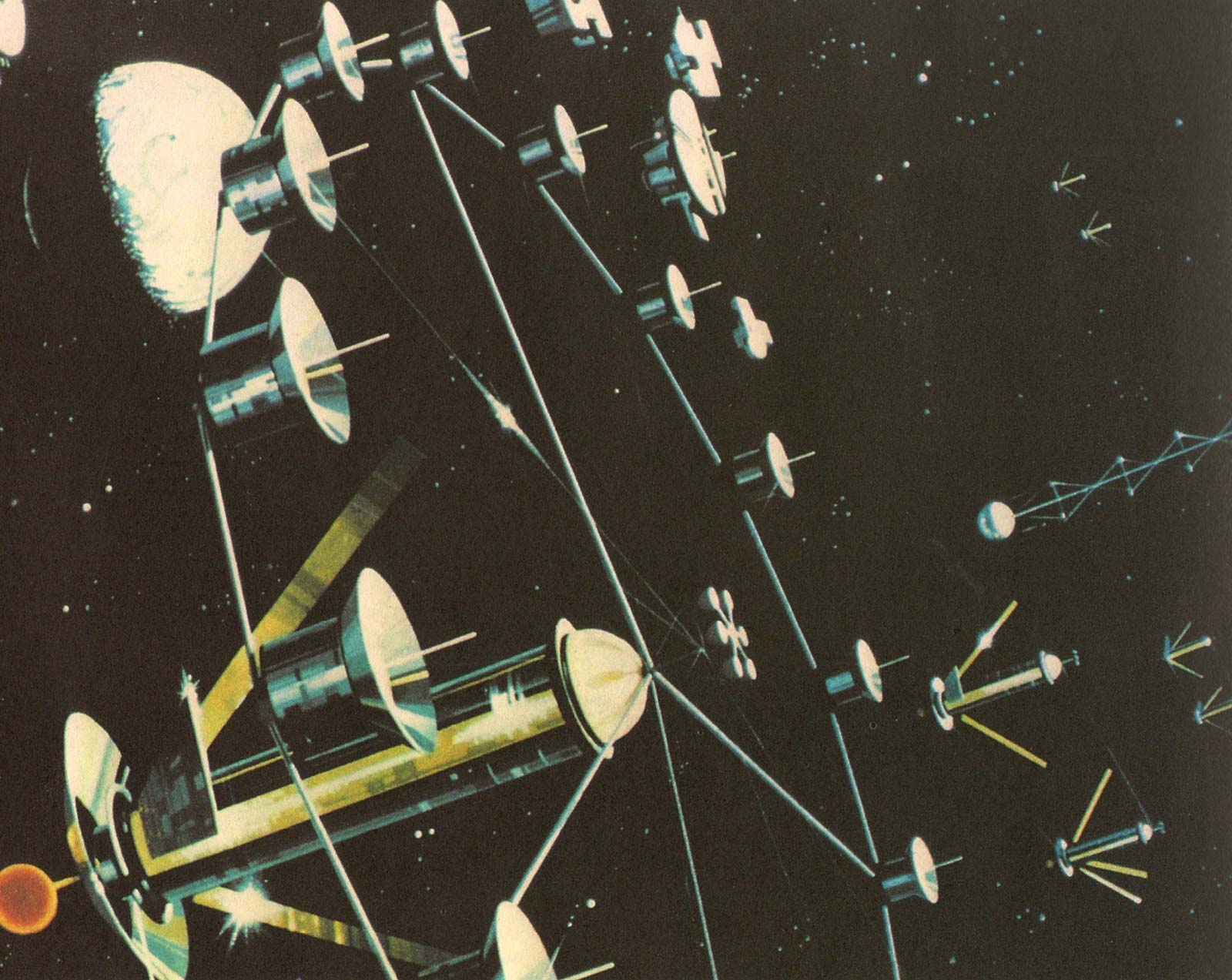
The teacup-looking modules are agricultural stations.
This concept was predicted to be feasible by the end of the 20th century with possibilites of being built as early as the early 1990s. Hmmm.
Is This Possible?
A small portion of the structures would be built in pieces on Earth then transported into space. The majority of the components would originate on the moon. The moon?? Yep, the moon. Colonists would enjoy little amounts of wood and plastic. These materials would have to be shipped from Earth at an enormous cost, whereas aluminum and ceramic could come from the nearby moon. And cheese.
Not only would the moon provide valuable building materials, it would be an outpost for extraterrestrial discovery! "Project Cyclops" is a plan for a series of giant radiotelescope antennae which would be used to detect radio signals from alien planets 1,000 light year away. And they'll drive around in cool electric trams with red stripes.
Walt Disney's Space Colony
Walt, the visionary, like to surround himself with other visionaries. Wernher von Braun joined forces with Walt and famed animator Ward Kimball to produce short films about outer space. The must-own and very funny "Man and the Moon", directed by Kimball, featured the concept of this wheel-shaped station.
Much smaller than the colonies shown earlier, this station was to house 50 men for the purposes of inspecting the moon before the first humans were to ever set foot on its surface.
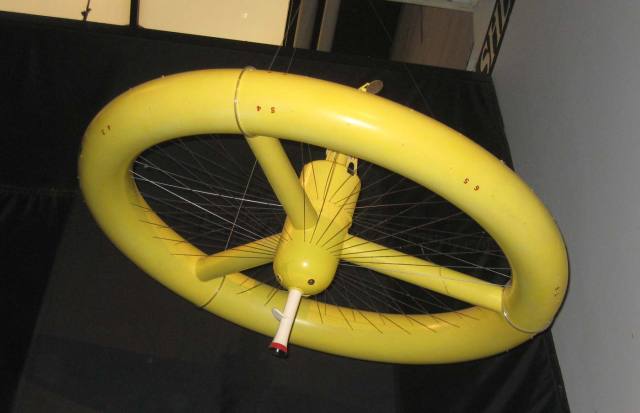 A recent photo of the actual model used in "Man and the Moon" on display at the Smithsonian Air and Space Museum, Washington D.C.
A recent photo of the actual model used in "Man and the Moon" on display at the Smithsonian Air and Space Museum, Washington D.C.
"Man and the Moon" Screenshots
Next time!: A Space Colony ride concept?? We'll see. It may or may not be in the works amongst the ImagineeringDisney.com staff.
Photos from Mitch's personal collection of books and video. Graphics and Smithsonian photos by Mitch.
 Space,
Space,  Tomorrowland,
Tomorrowland,  Walt Disney
Walt Disney 

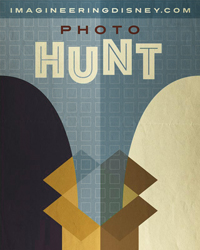
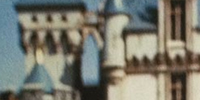
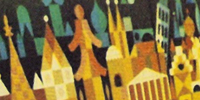
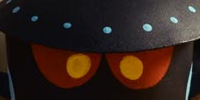

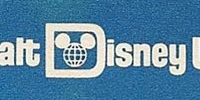
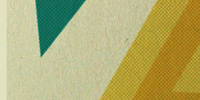

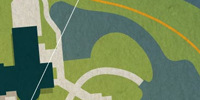
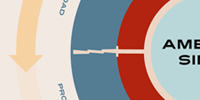
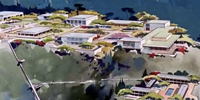

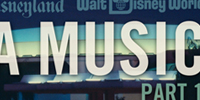
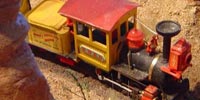
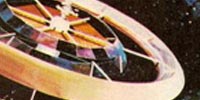
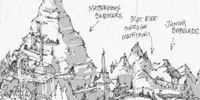
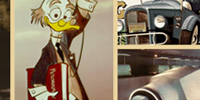
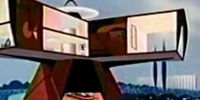
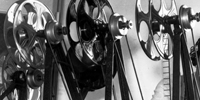
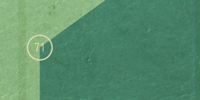

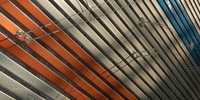
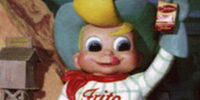
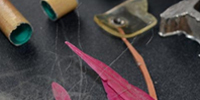
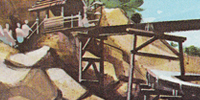

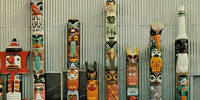
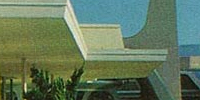
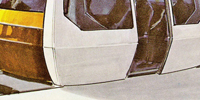
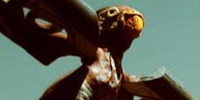
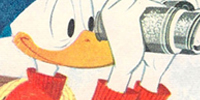
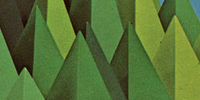
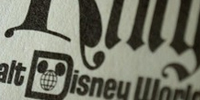
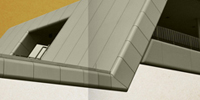
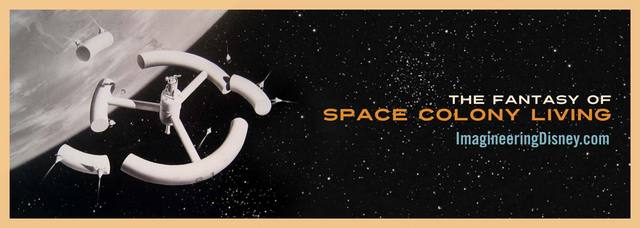
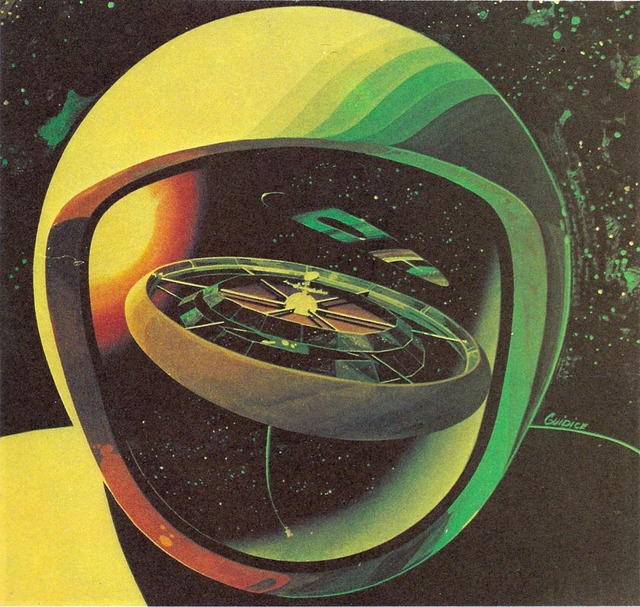
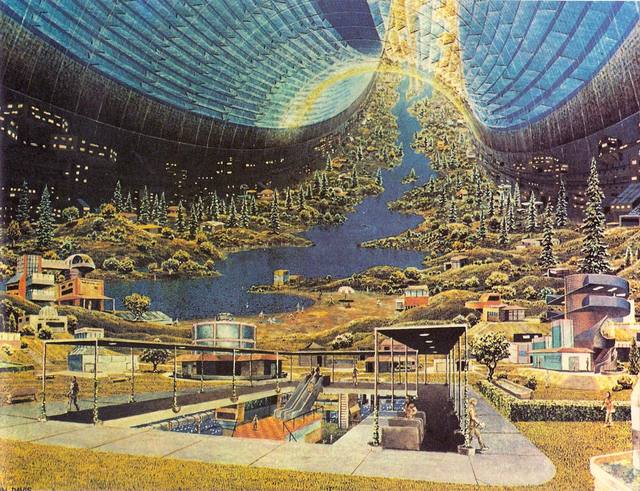
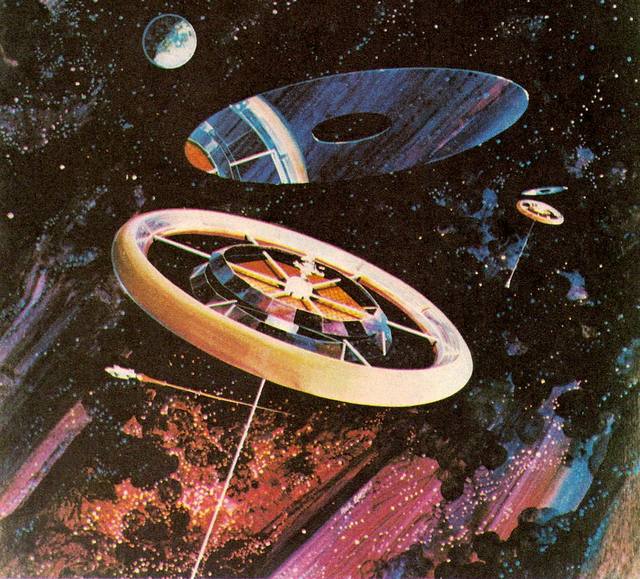
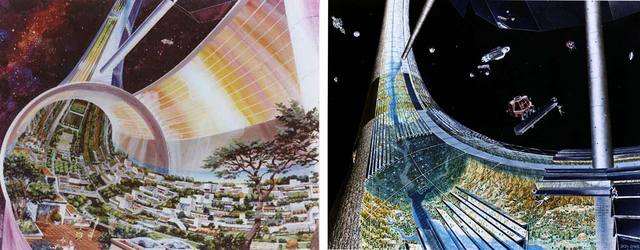
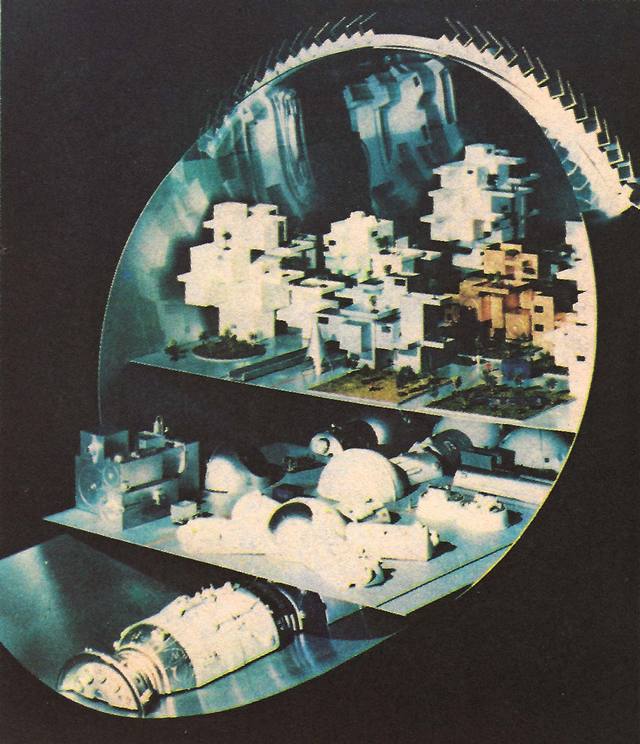
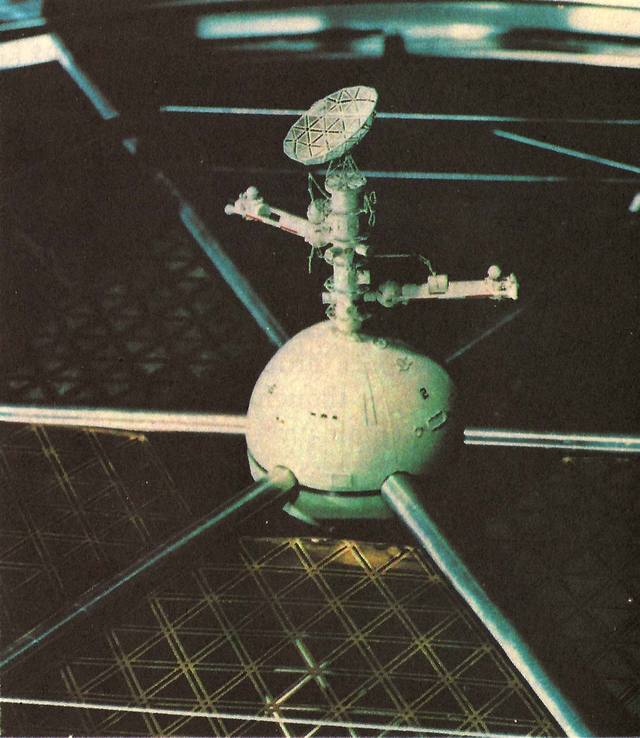
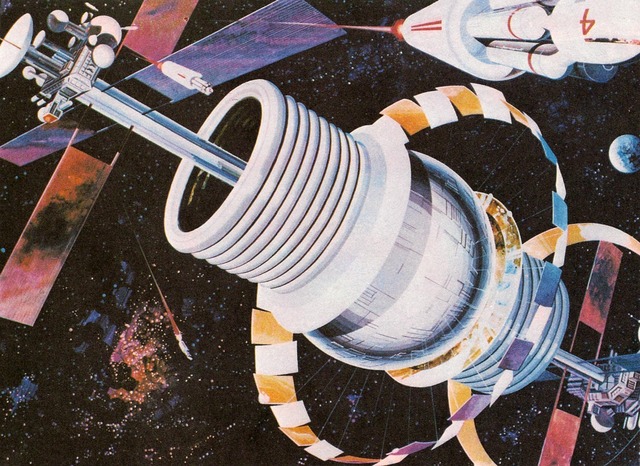
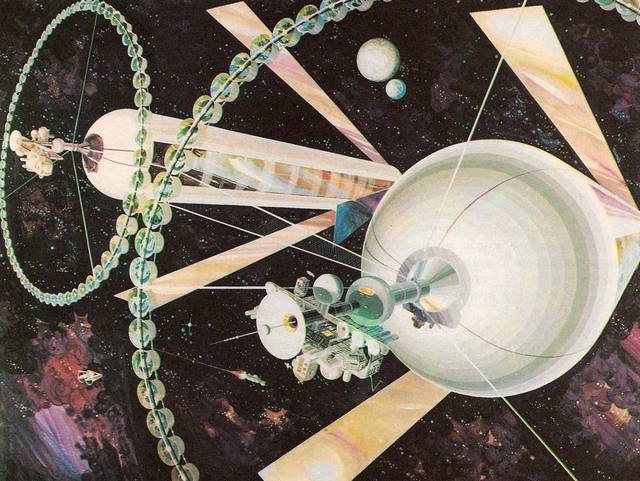
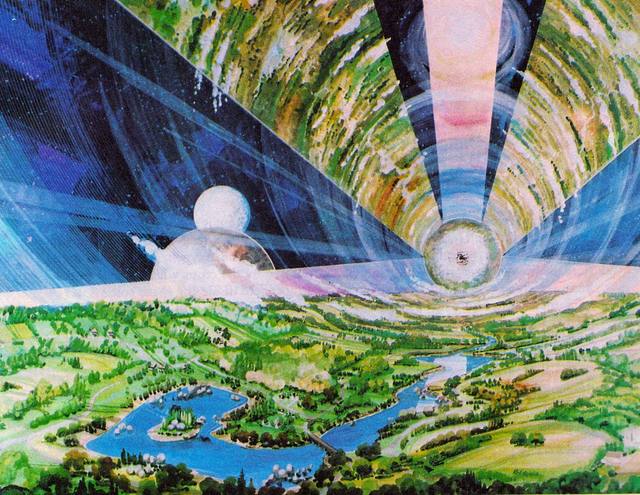
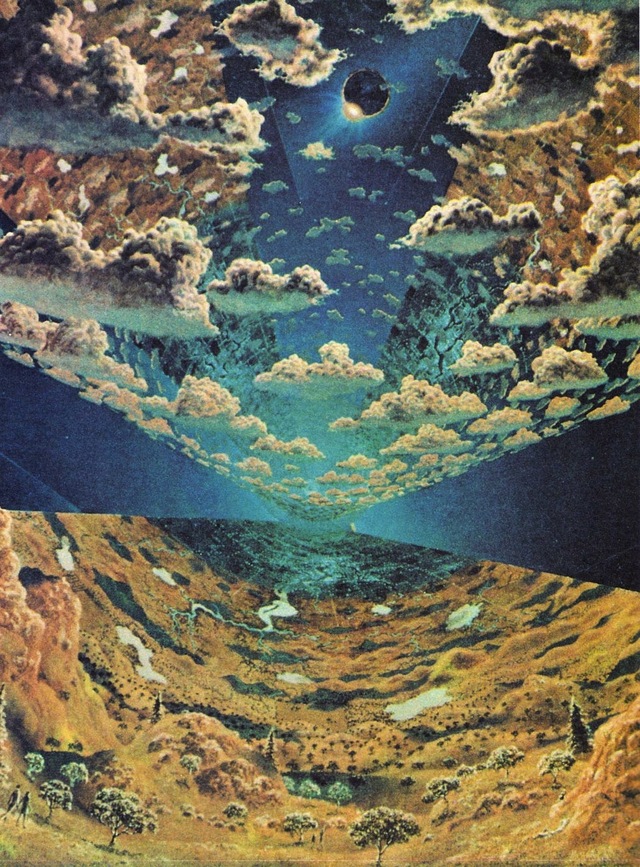
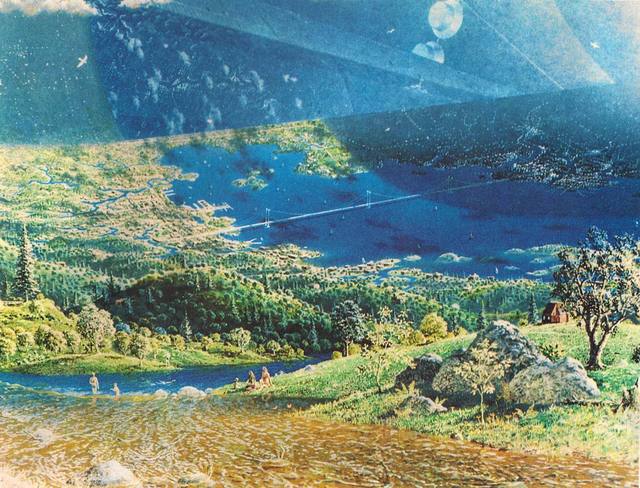
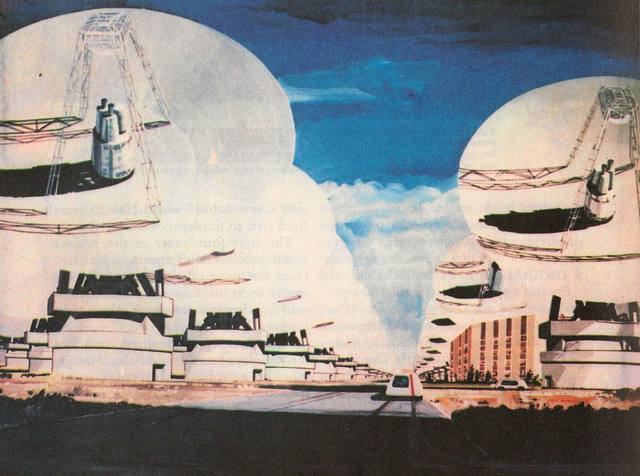
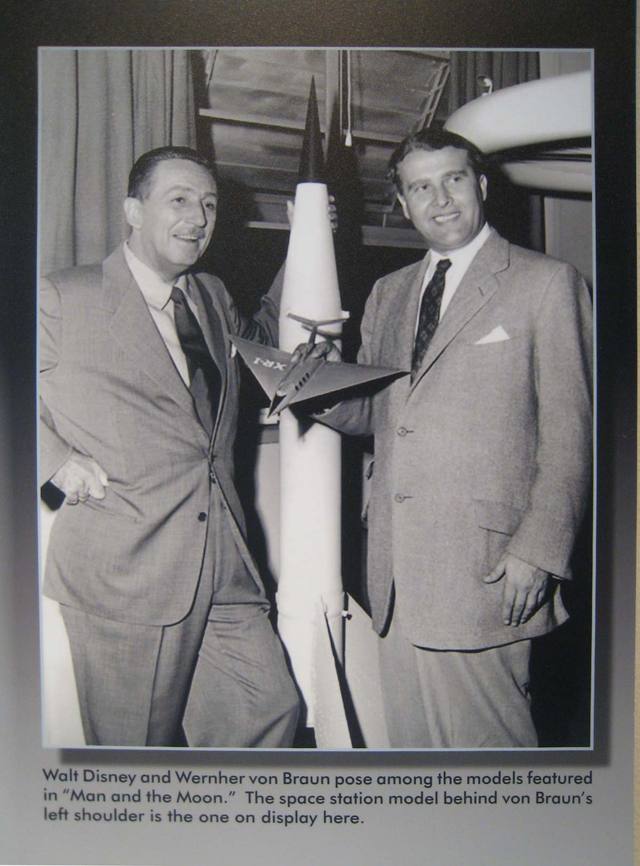
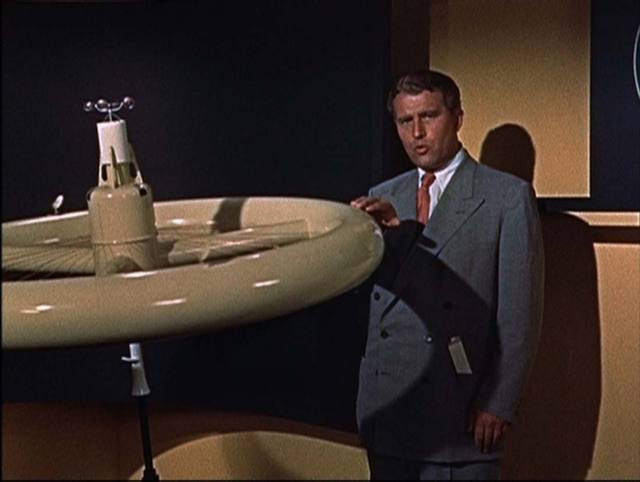

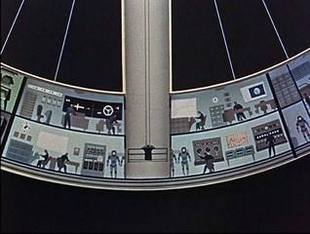
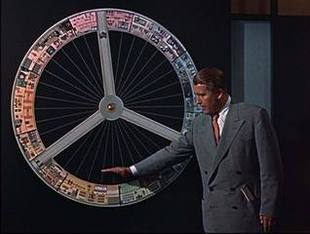
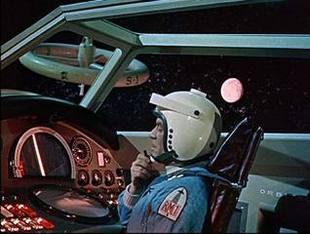
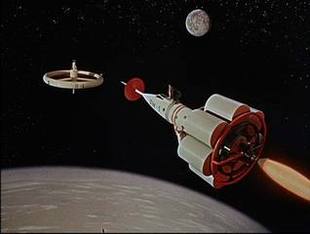
Reader Comments (17)
Why are these things not built yet? Come on modern space travel ! You've done relatively so little in my lifetime.
Makes me think of Horizons. And why we no longer have THAT. Future living was so cool long ago. When does the world ever dream of such things anymore? Last time America got excited about future living that I can remember was Back to the Future II. As cool as that was it was nothing compared to these colonies.
Not to go off on Mission:Space but how does that inspire anyone to look to the future with bright optimistic hope like Horizons did or like these concepts posted above did. Not to mention early versions of Tomorrowland.
interesting article, thanks for the info
great article!
Glencoe released copies of the Man in Space Models including the yellow Space Station and TWA Rocket to the Moon. There's a picture showing Wathel Rogers working on the Retriever Rocket for the TV show. Here's the model kit on ebay.
http://cgi.ebay.com/Retriever-Rocket-1-72-Glencoe-Strombecker-Model-Kit-/290465771008?pt=LH_DefaultDomain_0#ht_500wt_1154
They also had the Von Braun Ferry Rocket as seen in the Man in Space series.
I bought them all in the 90's. They're a little rough but with some care you can have a kick ass fleet of space vehicles!
No way. Starting bid is only $10. I've seen a lot of cool wood models of Von Braun rockets and such that go for well over $150. Maybe I'll spring for one I assemble myself.
I was hoping to get a closer look at the space station model at the Smithsonian. It was pretty high up and definitely out of reach. Maybe I could have pushed the nearby moon rover vehicle over to the hanging model to get a closer look. Oh well. It sure was cool to see. I think I was the only one who didn't walk right under it without noticing the thing.
Yeah, this makes me really miss Horizons. That was one of my favorite attractions at any of the parks -- I would ride it over and over....
Fun article! I loved this stuff when I was a kid, and am disappointed that I won't live long enough to see any of it ever actually happen. (Because it COULD have happened in my lifetime...if they had kept a focus in mind...) I did a blog entry about a Tomorrowland concept back in 2008...revolving around Asimov's "Free Worlds" concept...
Awww.... You're gonna mention Cylinders and not mention Gundam which ran with the concept, especially in its UC Timeline? If you're not familiar with the series, colony cylinders where built in clusters arranged around Earth's Lagrange points, typically referred to as a Side. Each Side would have their own local government which either supported the Earth Federation or the Principality of Zeon or was neutral. Of course, being a war series, it also considered the unfun aspects of colony living such as bad guys releasing nerve gas into a colony or dropping a colony onto Earth as a weapon. Still... I'd LOVE to live in one of those things! XD
If colonies on space are invented and presented to us now, we would be living outside the Earth for a change. This would make us live in places we could not imagine.
Nice article. Horizons was my favorite Disney attraction too. Hopefully America starts to dream big again. Soon.
Hi.. what book was it that had the picture of the model? Also, anyone know of book with details of the original Epcot City of the Future (pictures, plans?) But the book reference for that colony model would sure be nice to hear
An optimistic vision of tomorrow is sorely needed. American popular culture in movies has allowed only one dystopian vision of the future for the last 30 years. Monsters, aliens, vampires, doom and gloom, such neagative thinking in an age of hyper media saturation styfles dreams and creativity. A future of freedom, human achievement and industry are yet possible if we change the mindset.
"Where there is vision people can do anything hard. Where there is no vision people can do hardly anything."-Jason Goldtrap
I recently had occasion to review old TV "Disneyland" shows on "Man in Space" and "...Moon". As a child, these shows helped point me down my life's path but just as impressive, I'm amazed at how much the Disney team got right. I understand that they didn't do it alone, but the public presentation made it easy for my child mind to assimilate. Like teachers, how many professions can claim such positive influence?
As a kid in the 70s, i was told these things WOULD happen in my lifetime, and that the shuttle, and its 1990s replacement, "Shuttle 2," would be the key to it all. My dad worked for the Apollo program and Skylab, so this seemed reasonable to me, and I totally believed in it. At some point, though, we, as a people, stopped believing in the future, and just myopically focus on the present.
As a child of the space program, born in 1957, I am still waiting to board the space ship of tomorrow and live in space. It now looks like that is not going to happen in my life time, but, it sure was fun watching the advancements leading up to it all and to live in a world with all of the space spin offs helping everyone live better lives.
I did manage to land my dream job working for NASA and would do it again. Thank you Mr. Disney for planting the seed that lead to all of the dreaming that I did in my young mind those many decades ago. I am the person I am now because of it.